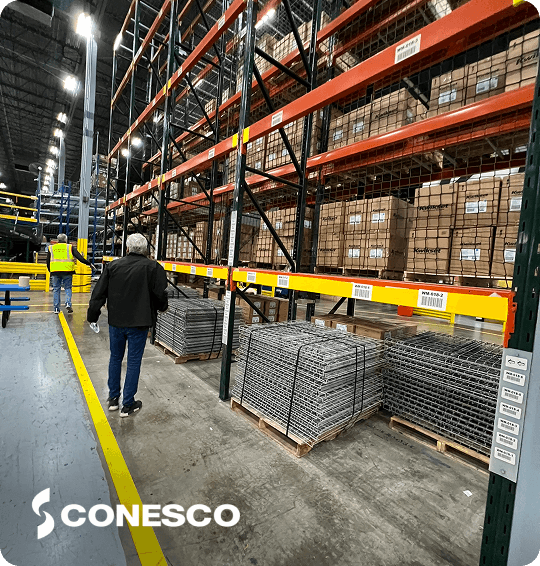
You need careful planning and execution to avoid costly and disruptive mistakes.
Such a move is complex and takes specialized knowledge. Commercial movers and day laborers do not have the expertise to quickly and safely disassemble, transport, and reassemble equipment or have access to used or new equipment to improve your operations.
It takes an experienced team like Conesco Storage Systems to make things go smoothly. The Conesco team are experts in materials handling and warehouse relocation services.
We have put together this warehouse relocation checklist to help you create an effective transition plan.
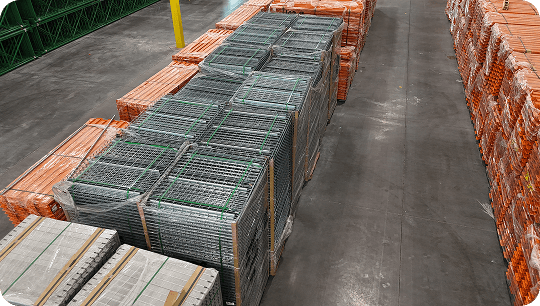
The first step is to evaluate your current warehouse operations and your future needs. Preparing to move into a new space provides a great opportunity to take stock of your layout, systems, and processes to find areas for improvement. You do not have to replicate what you are doing now.
Most warehouses have developed over time and may no longer operate at peak efficiency. The team at Conesco can help you develop a more efficient layout that optimizes your space and reduces travel and forklift time in the warehouse. Not only can this accelerate storage and fulfillment times, but it can also reduce labor costs and produce measurable sustainability improvements.
A forklift moving at about 10 miles an hour generates 1.9 pounds of CO2 for every mile it travels. So, reducing forklift movement lowers emissions.
This is just one of the things you need to think about during your warehouse transfer procedure. By examining your current inefficiencies and pain points, you can create a better workflow in your new location.
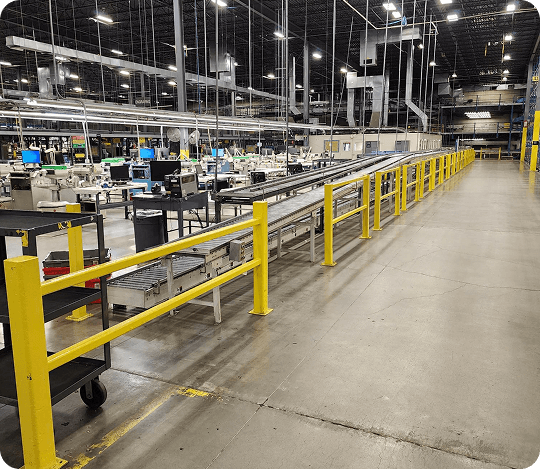
Now that you have assessed your needs, you will want to establish clear goals for your warehouse move. This requires some thought about why you are moving and what you want to accomplish.
Are you moving to expand space, enter different geographic markets, or retool your equipment or technology? Your goals will determine what you need.
Selecting the location and facility is a key decision. You will want to evaluate a variety of factors, including:
You will also want to examine the safety and regulatory hurdles you must address.
From layouts to pallet racking, pick modules, mezzanines, and conveyers, planning your warehouse design is crucial to streamlining operations. You will want to take into account safety, potential cost reductions, workflow, and sustainability.
Safety needs to be at the top of your list. Despite ongoing safety training, accidents at warehouses are all too common. The human toll as well as financial impact and liability is great, so your plan needs to prioritize safe operations.
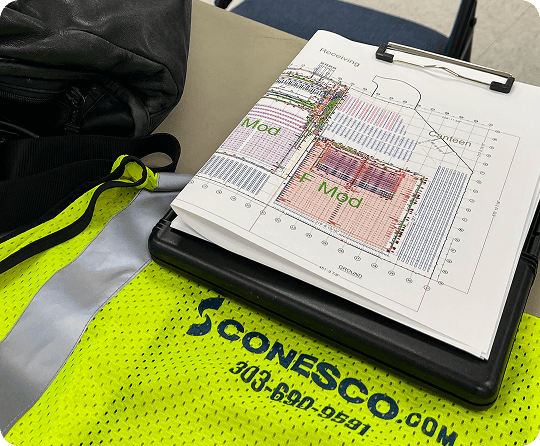
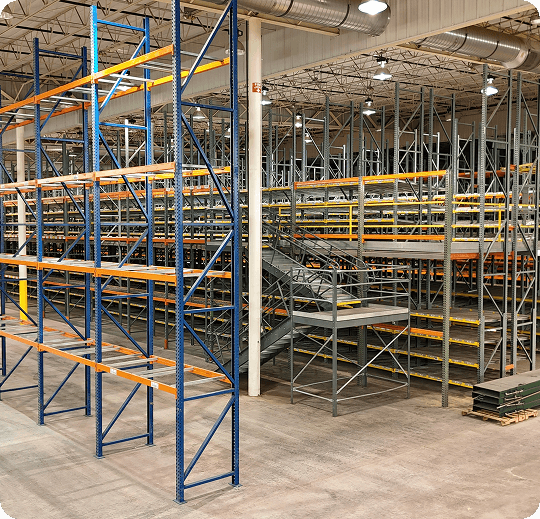
For example, more efficient pallet racking, mezzanines, and vertical storage systems may be key to optimizing your workspace. Can automation reduce labor costs and streamline operations?
These are important decisions that will impact your operation well into the future. Consider working with warehouse relocation services providers like Conesco to help you map workflow, assess equipment needs, and create a more efficient layout.
How do I move from one warehouse to another? A big part of the warehouse relocation planning process will be the cost and timing of the move. Small warehouses might be moved over a weekend, but larger operations may require a phased approach to minimize disruption and maintain operations.
This is another area where it pays to work with warehouse relocation specialists. They can help you develop a realistic timeframe and budget. Experienced warehouse staffing teams know how to disassemble, move, and reassemble equipment in an efficient manner to save you time and money.
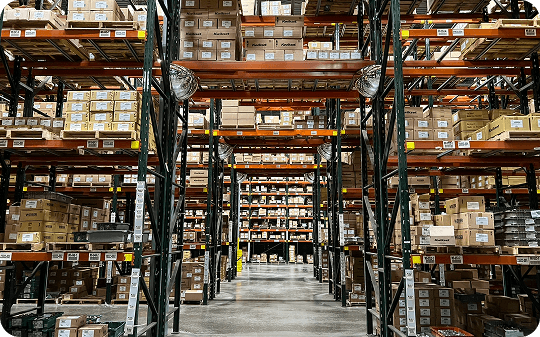
If you are wondering, “How do I get warehouse staff?” or “Where is the best place to recruit warehouse workers for relocation?”, Conesco can provide the labor you need, with qualified professionals who are trained in warehouse moves.

You will want to conduct inventory counts to determine accuracy. This might be a good time to look at liquidating excess inventory or dead stock rather than moving it. The same would apply to any warehouse or office equipment that is no longer in use or past its expiration date.
Conesco can help you dispose of equipment, sell it for scrap, or find buyers for your used equipment. We are one of the country’s largest buyers and sellers of warehouse equipment, including pallet racking, pick modules, conveyors, mezzanines, and other material handling equipment.
A team of dedicated product acquisition specialists can evaluate your equipment and put together an offer. Because of the volume of equipment transactions we handle, we know what it takes to get top dollar for your used equipment.
With everything set, it’s time to handle the actual relocation. How do you transfer inventory from one warehouse to another? Carefully. This is another area where working with professionals that handle specialized types of relocations, liquidations, or decommissioning for a safe and efficient move is advantageous.
A lot of damage can be done by inexperienced workers, which can cause significant problems. If pallet racks or conveyors are damaged during disassembly, it can delay your transition and add significantly to your costs.

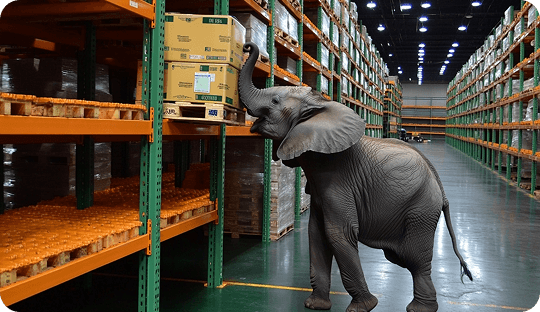
Once the move is complete or as phases occur, you will want to test your equipment, layout, and workflow. For example, make sure your equipment works properly. You will want to ensure everything works safely. This is especially important for conveyors, pallet jacks, forklifts, and lifting systems to avoid potential accidents.
Validate that your pallet racks and storage systems are secure and stabilized and allow for clear access, and test drive your workflow to look for bottlenecks. It is important to do a full-scale trial of your receiving, storage, and order fulfillment processes to ensure optimal workflow and systems.
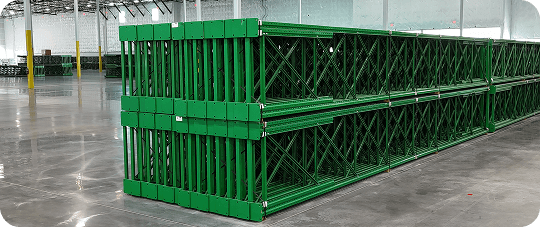
Consider your first few weeks in your new facility as a pilot program to test procedures and finetune your workflow. This helps identify inefficiencies or places where you need to make adjustments. You may want to elevate staffing levels during the transition period to help dial in operations and get a jump start on training and developing best practices.
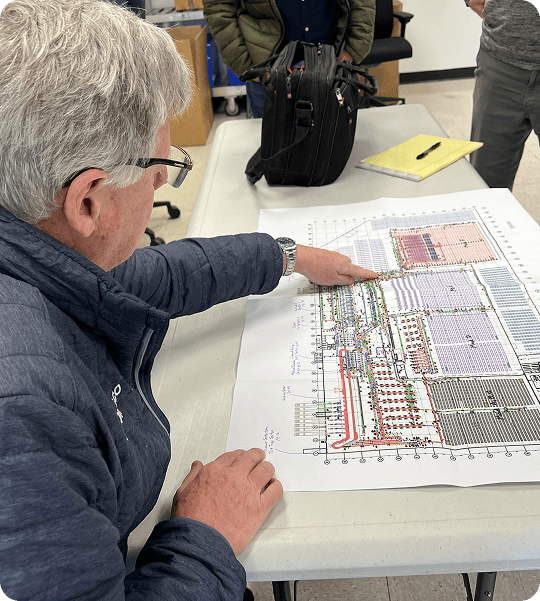
Your warehouse staff will need training on the new warehouse, especially if you have made changes to your layout or equipment. Team members need to know what to expect in the new facility and whether there are changes in how they will work.
Consider investing in a refresher on general safety procedures along with anything related to your new warehouse, such as the identification of evacuation routes, potential danger areas, and the locations of safety and first aid equipment.
If you are adding automation or new technology as part of your warehouse relocation, you will also want to conduct user training to ensure your staff is up to speed on a new way of managing warehouse operations.
After you have tested your workflow and trained staff members, you will want to review everything to make sure you are meeting the goals you set out in your preplanning. For example, if you were looking for improvements in order fulfillment times, did you accomplish your goals? If not, what are the barriers that prevent you from hitting the mark?
The best warehouse operations are constantly looking for ways to improve. Review your key performance indicators (KPIs) and benchmarks across work areas for continual optimization. It is not uncommon to have to redefine staffing plans and schedules when relocating to match the new flow and workload.

After your team members have become familiar with the new location, you should solicit feedback on the facility, systems, processes, and operations. Getting this insight can be key to optimization.
To simplify the process, we have put together this warehouse relocation checklist to guide you through the process.
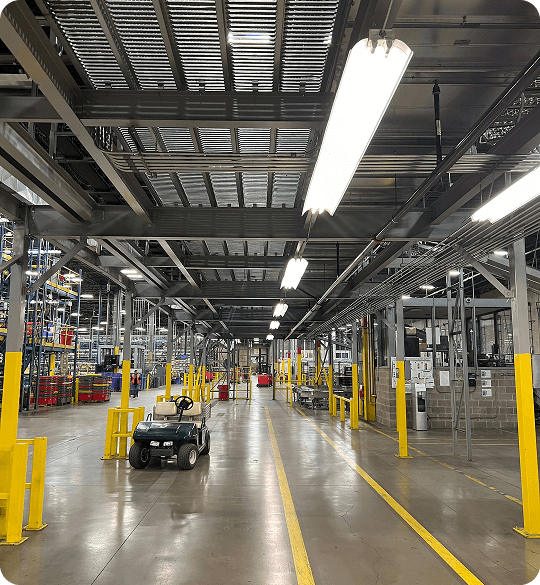
Family-owned and operated since 1986, Conesco has the experience and dedication to handle the most complex relocation projects. We understand the unique challenges of warehouse, storage, and material handling, so we can help you optimize your space, increase efficiency and production, and save you time and money.
We have handled warehouse relocations across many industries from retail and distribution centers to 3PLs and manufacturers. Conesco has the knowledge to create a customized solution to fit your needs.
As you can see, warehouse relocation requires significant planning and detailed execution for a smooth transition. A lot can go wrong, so it always pays to work with experienced warehouse staffing professionals and warehouse relocation experts.
If you are thinking about relocating, decommissioning, or liquating your warehouse, get in touch with us. The sooner you start planning, the smoother the process will be.
Contact the experts at Conesco Storage Systems today to discuss your warehouse relocation.